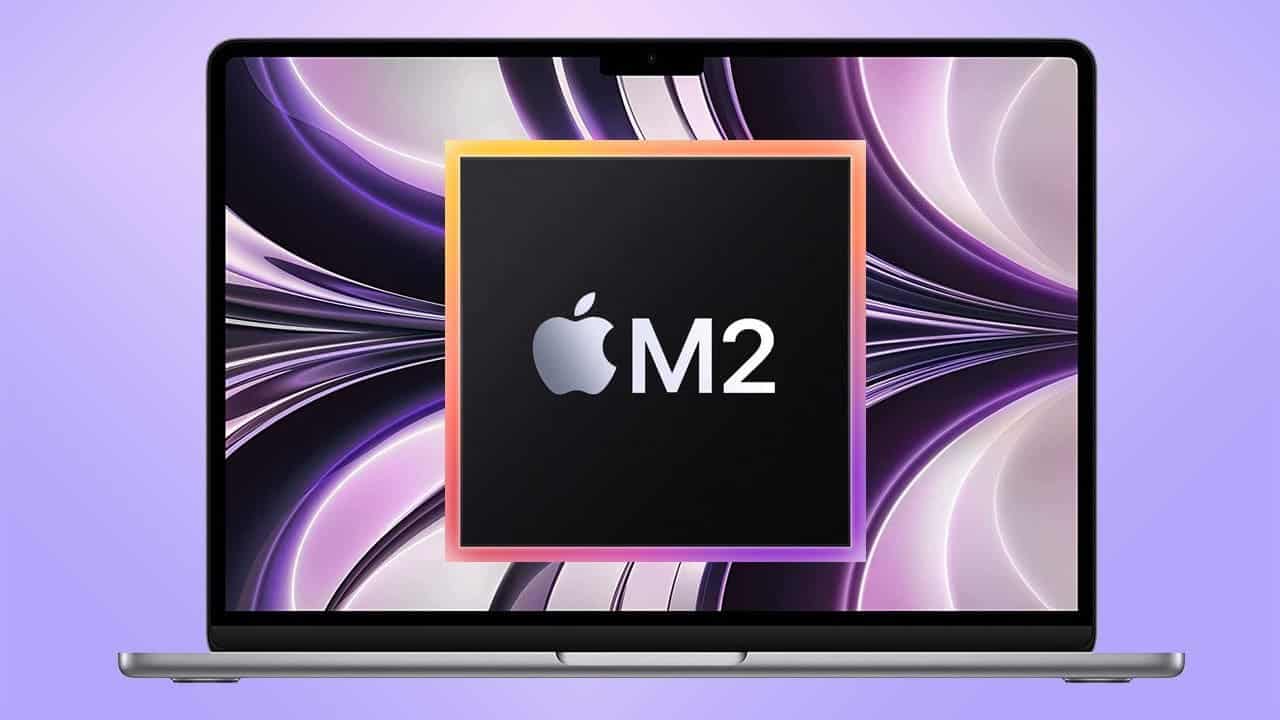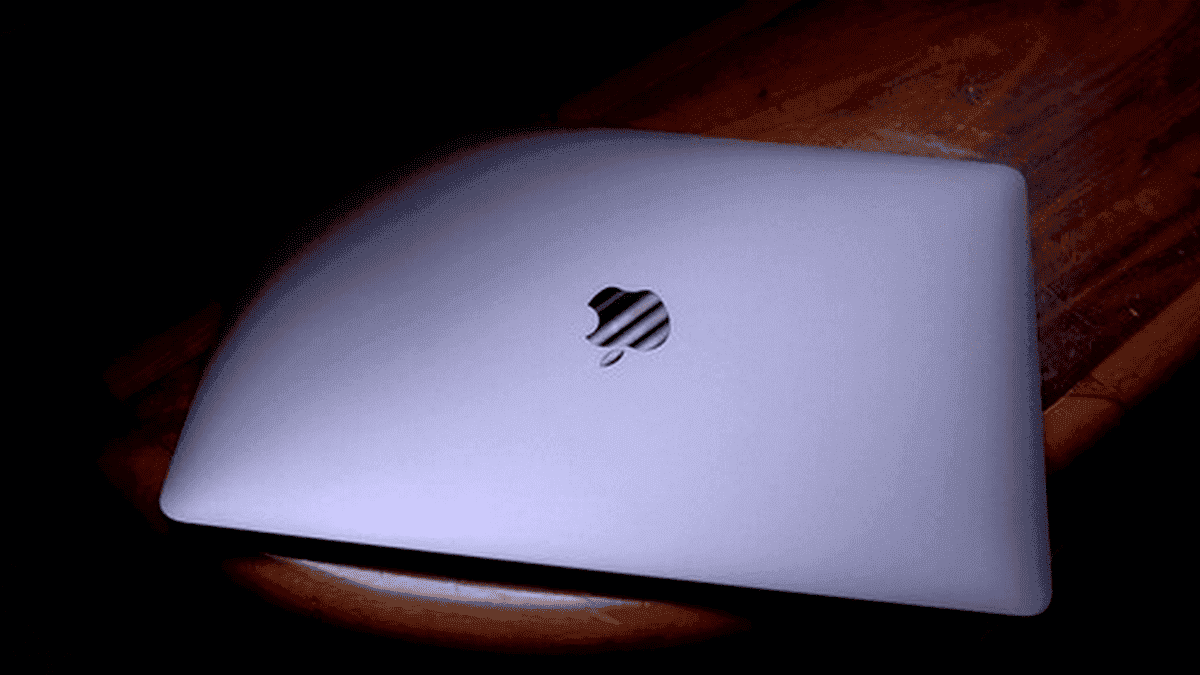The relentless pursuit of performance and security in modern computing is a delicate dance. A recent discovery by academic researchers throws a wrench into this delicate balance, exposing a critical vulnerability in Apple’s M-series chips that threatens the very foundation of data security. This article delves into the technical details of the vulnerability, explores its potential ramifications, and examines possible mitigation strategies.
A Looming Shadow: Unveiling a Hardware Vulnerability in Apple’s M-Series Chips

The Culprit: A Flawed Optimization
The vulnerability lies within the M-series chips’ data memory-dependent prefetcher (DMP). This hardware optimization aims to enhance performance by anticipating the memory addresses that running code will likely access in the near future. By pre-loading the data into the CPU cache, the DMP reduces latency, a common bottleneck in modern processors. However, this optimization introduces a hidden danger – a side channel that malicious actors can exploit.
Traditional prefetchers have long been known to be susceptible to side-channel attacks. Attackers can leverage these channels to glean information about secret data processed by the CPU. To counter this threat, cryptographic engineers have developed constant-time programming techniques. These techniques ensure that all cryptographic operations take the same amount of time to complete, regardless of the data being processed. This approach minimizes the possibility of attackers gleaning information based on fluctuations in processing time.
The novel aspect of the newly discovered vulnerability lies in the DMP’s unexpected behavior. In certain scenarios, the DMP misinterprets memory content, particularly secret key material, as pointers used to load other data. This misinterpretation leads the DMP to attempt reading the data and treating it as an address, effectively leaking the secret information through a side channel. This behavior bypasses the protections offered by constant-time programming, rendering it ineffective.
The GoFetch Attack: Unveiling the Threat
The research team, consisting of prominent academics from various universities, has christened this attack “GoFetch.” This attack leverages a specially crafted application that doesn’t require administrative privileges, akin to most third-party applications on macOS. M-series chips are segmented into clusters, with each cluster containing multiple CPU cores. The GoFetch attack thrives when both the targeted cryptographic application and the GoFetch application reside on the same performance cluster. Even if these applications run on separate cores within the cluster, GoFetch can potentially extract enough information to reconstruct a secret key.
The attack demonstrates its effectiveness against both traditional encryption algorithms and newer post-quantum cryptography (PQC) schemes designed to withstand attacks from powerful quantum computers. Alarmingly, GoFetch can extract a 2048-bit RSA key in less than an hour and a 2048-bit Diffie-Hellman key in under two hours. PQC schemes are not spared either; extracting the necessary data for a Kyber-512 key takes about 54 minutes, while a Dilithium-2 key requires roughly 10 hours (excluding offline processing time).
The attack operates by establishing a connection with the targeted application and feeding it data for signing or decryption. While doing so, GoFetch surreptitiously extracts the secret key used for these cryptographic operations. Notably, the targeted application doesn’t need to perform any cryptographic functions itself during the attack window, making it even more insidious.
The researchers tested the attack against implementations from various cryptographic libraries, including Go and OpenSSL for traditional algorithms and CRYSTALS-Kyber and CRYSTALS-Dilithium for PQC schemes. All four implementations employed constant-time programming, highlighting the DMP’s ability to bypass this widely used defense mechanism.
This isn’t the first instance where researchers have identified potential threats lurking within Apple’s DMPs. A previous study in 2022 exposed a “pointer-chasing DMP” in both the M1 chip and the A14 Bionic chip used in iPhones. However, that attack, dubbed “Augury,” was ultimately thwarted by constant-time programming. The GoFetch attack, however, demonstrates a more aggressive DMP behavior, effectively rendering many existing defenses useless.

Mitigating the Threat: A Balancing Act
Unfortunately, due to the vulnerability’s inherent nature within the chip’s silicon design, a traditional software patch cannot fix it. The responsibility for mitigating the risks falls squarely on the shoulders of software developers writing code for Apple silicon. Developers of cryptographic software for M1 and M2 processors will have to explore alternative defense strategies beyond constant-time programming. However, most of these mitigation techniques come with significant performance penalties.
One such defense is ciphertext blinding. This technique adds and removes masks from sensitive values before and after storing or loading them from memory. While effective in preventing GoFetch attacks, it can be algorithm-specific and computationally expensive. In some cases, like Diffie-Hellman key exchanges, ciphertext blinding can potentially double the required computing resources.
Another option involves running all cryptographic operations on the M series chips‘ efficiency cores (also known as Icestorm cores). These cores lack DMP functionality, offering a potential solution. However, this approach comes with limitations. Firstly, future chip revisions might introduce DMP functionality to these cores. Secondly, shifting cryptographic operations to these cores will likely lead to a noticeable increase in processing time. The researchers also mention other ad-hoc defenses, but they too suffer from drawbacks in terms of practicality or performance.
The M3 chip, Apple’s latest offering, introduces a glimmer of hope. It incorporates a special bit that developers can set to disable the DMP. However, the performance impact of disabling this optimization remains unknown. Additionally, the researchers note that while Intel’s Raptor Lake processors also utilize DMPs, they don’t exhibit the same vulnerability of leaking cryptographic secrets. Intel’s architecture allows for disabling the DMP through a dedicated instruction set extension.
It’s crucial to remember that performance penalties will only be noticeable during specific instances where affected software performs cryptographic operations. For regular user activities like web browsing, the impact might be negligible.
The Path Forward: Redefining the Hardware-Software Contract
The researchers advocate for a long-term solution that strengthens the hardware-software contract to account for the DMP’s behavior. Ideally, hardware manufacturers should expose a software-controlled mechanism for selective DMP disablement during the execution of security-critical applications. This approach aligns with existing industry practices, exemplified by Intel’s DOIT extensions that offer DMP control via instruction set extensions. In the future, even finer-grained control might be desired, allowing software to restrict DMP prefetching to specific memory regions or designated non-sensitive data buffers.
Recommendations for Users and Developers
Apple has yet to publicly acknowledge or comment on the GoFetch research. As a user concerned about this vulnerability, it’s recommended to keep an eye out for software updates that address GoFetch mitigation for applications utilizing the four vulnerable encryption protocols mentioned in the research. Due to the inherent nature of the attack, it’s prudent to assume that other cryptographic protocols might also be susceptible.
Unfortunately, assessing an implementation’s vulnerability requires in-depth cryptanalysis and code inspection to identify situations where intermediate values can be manipulated to resemble pointers, potentially leaking sensitive data. This process is time-consuming, manual, and doesn’t guarantee immunity to other potential attack vectors.
Software developers targeting Apple silicon face an uphill battle. Balancing security with performance will be a major challenge. Mitigating techniques like ciphertext blinding, while effective, can significantly impact computational efficiency. Exploring alternative implementations on the efficiency cores or employing ad-hoc solutions might be viable options depending on the specific software and its performance requirements. Staying informed about the latest research and potential mitigation strategies developed by the security community will be crucial for developers in the coming months.
The GoFetch vulnerability unveils a critical challenge at the intersection of hardware and software security. While the company has yet to officially respond, the research community and software developers are actively working towards solutions. Ultimately, a collaborative effort involving hardware manufacturers, software developers, and the security research community is necessary to develop comprehensive and long-term solutions that ensure robust cryptographic security on Apple’s M-series chips.

Broader Implications and Future Considerations
The GoFetch vulnerability exposes a significant security concern for Apple’s M-series chips and raises broader questions about the evolving landscape of hardware and software security. Here, we delve into some of these implications and potential future considerations.
Erosion of Trust in Cloud Computing: The reliance on cloud-based services and applications for personal and professional tasks is ever-increasing. However, the GoFetch vulnerability highlights the potential risks associated with running untrusted code on shared computing resources. Mitigating techniques that significantly impact performance might not be feasible in cloud environments, potentially forcing a trade-off between security and performance. This vulnerability underscores the need for robust security protocols and isolation mechanisms within cloud architectures to minimize the risk of malicious actors exploiting hardware vulnerabilities.
Impact on Post-Quantum Cryptography Adoption: The vulnerability’s effectiveness against PQC schemes dampens enthusiasm for their widespread adoption. While PQC algorithms offer a theoretical advantage over traditional algorithms in the face of future quantum computers, hardware vulnerabilities like GoFetch can undermine their practical security benefits. Further research is necessary to explore PQC implementations that are more resilient to side-channel attacks on specific hardware architectures.
Hardware Transparency and Security Collaboration: The GoFetch research underscores the importance of increased transparency from hardware manufacturers regarding chip design and potential vulnerabilities. Open collaboration between hardware manufacturers, software developers, and the security research community is crucial for proactively identifying and addressing hardware vulnerabilities before they can be exploited by malicious actors. This collaboration can involve initiatives like hardware vendors disclosing detailed specifications of chip functionalities that could potentially introduce security risks, allowing software developers to implement appropriate mitigations.
The Evolving Threat Landscape: The discovery of GoFetch highlights the relentless evolution of the threat landscape. As hardware continues to become more complex, new vulnerabilities may emerge. The security community needs to remain vigilant and continuously explore novel attack vectors and potential mitigations. A proactive approach that prioritizes security by design in both hardware and software development is essential to stay ahead of emerging threats.
The Quest for a Holistic Solution: While the GoFetch research exposes a significant vulnerability, it also presents an opportunity for the security community to innovate. Exploring alternative hardware architectures and cryptographic algorithms that are inherently more resistant to side-channel attacks is a promising avenue for long-term solutions. Additionally, research into formal verification techniques for hardware and software can help ensure the integrity and security of cryptographic implementations.
Conclusion
The GoFetch vulnerability casts a shadow on the security of Apple’s M-series chips. While the immediate ramifications are concerning, the research serves as a wake-up call for the security community. By fostering closer collaboration between hardware manufacturers, software developers, and security researchers, the industry can develop comprehensive solutions that ensure robust cryptographic security on future computing platforms. The quest for a holistic solution that balances performance with security remains ongoing, and the GoFetch vulnerability serves as a stark reminder of the importance of continuous vigilance and innovation in the ever-evolving realm of cybersecurity.




